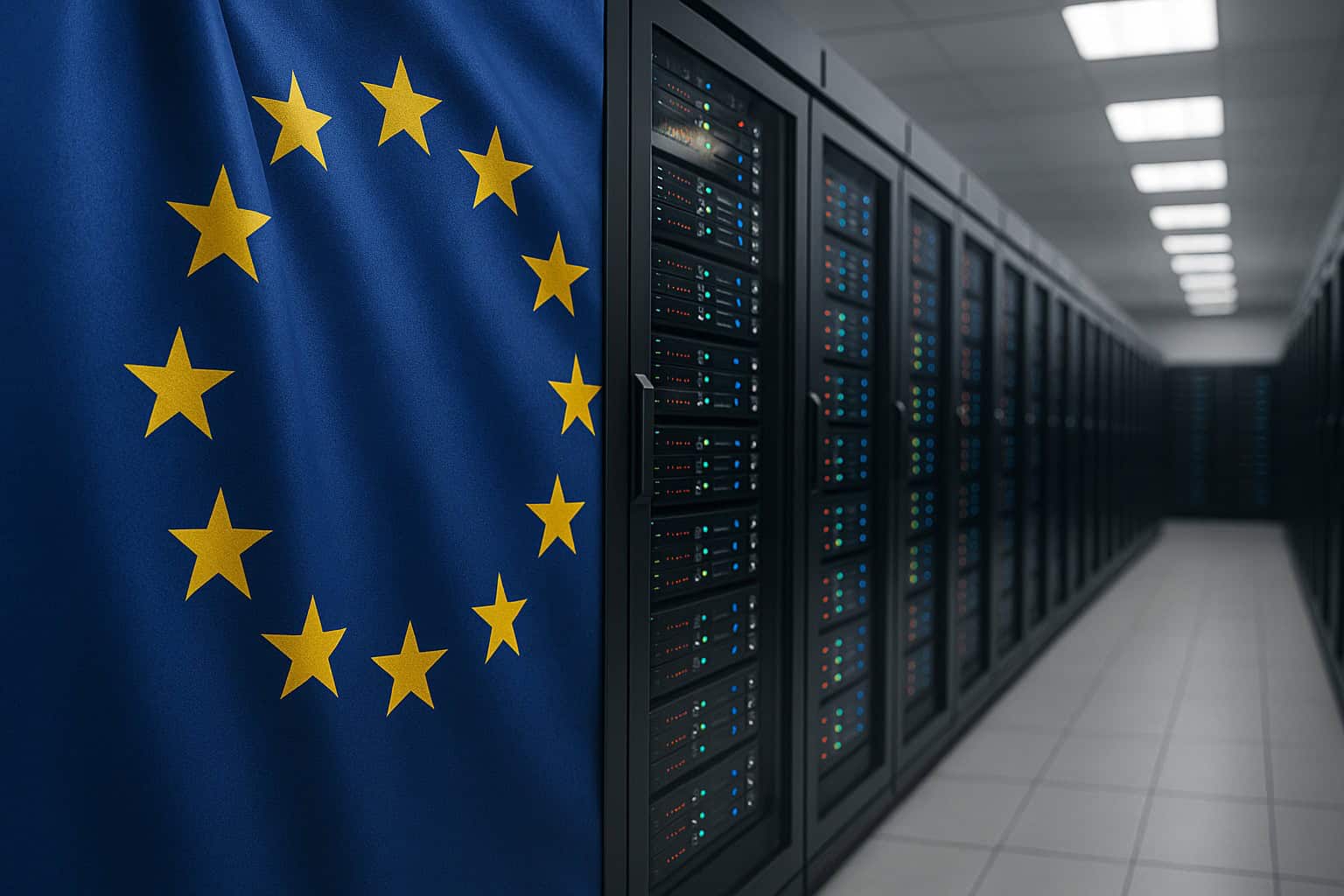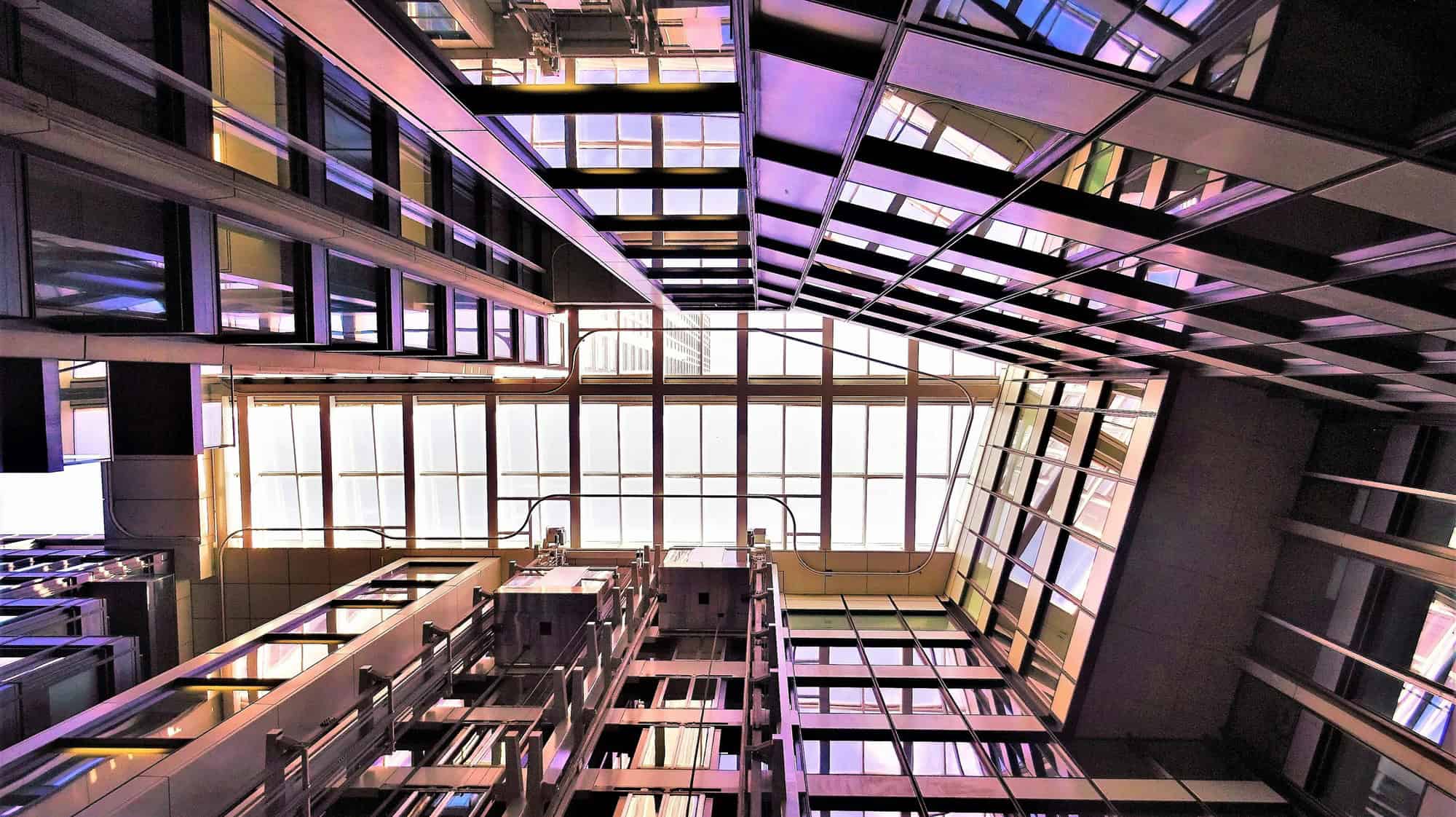Environmental impact and sustainability have grown as focal points in business operations. Many companies are naturally concerned about their environmental impact, but increasingly they’re also expected to provide a statement and give a report on the environmental impact and the sustainability of their operations. And IT is a core area where organisations can make the right choices. This is where ‘green cloud’ – an environmental approach to cloud computing – comes in.
What Is Green Cloud?
‘Green cloud’ is a term that refers to the environmental benefits of cloud computing – of moving your operations into a scalable and secure data centre rather than hosting in-house.
IT can be an energy-intensive part of an organisation’s operations, with PCs, laptops, phones and screens all drawing power. However, it’s usually an organisation’s servers and IT infrastructure that is the most power hungry, and therefore least environmentally friendly.
This is because running in-house IT infrastructure 24/7 requires power for both the IT hardware and the required cooling for that equipment. The air conditioning needed for cooling can be incredibly energy intensive and in turn expensive (as much as £4500 a year or more).
So is there a less energy-intensive way to run infrastructure? By moving to cloud computing, organisations can cut down the environmental impact of their IT infrastructure.
Advantages Of Cloud Computing
Relying on cloud computing instead of an on-premises data centre can make your operations significantly more sustainable. According to research by Microsoft, cloud computing can make organisations up to 98% more energy efficient.
But how? This is where green cloud principles come in to reduce energy consumption in data centres and minimise wastage:
- Green architecture: Data centre designs are now more environmentally conscious and friendly. Through experience and research, data centre designs currently support efforts to minimise energy waste and increase energy efficiency through a range of smart measures including fresh air cooling and water misting to reduce temperatures.
- Use of sustainable energy: Many data centres have switched to renewable energy sources, reducing the reliance on fossil fuels. Green IT architecture also factor these energy sources into the design process, ensuring any high-intensity processes take place at times of day when renewable energy sources (such as solar)are at their peak.
- Advanced technology: As technology advances, it becomes more energy efficient. For example, CPUs are becoming more powerful as they consume less energy than previous versions. Additionally, machine learning enables collaboration between computers and the management of processes in the least wasteful manner. Smart appliances and systems, such as smart lighting and HVAC, further reduce energy wastage in data centres.
- Scale: Operating at scale also introduces energy efficiencies. Having one industry-grade and highly-efficient server running several organisations’ cloud tenants (each secure and separate) is far more energy efficient than each organisation running multiple pieces of IT hardware in-house (server, firewall, switches etc.)
Embracing Green Cloud
Cloud computing has proven to be a sustainable solution in so many organisations. Such preservation of natural resources is further enabled through the concept of the green cloud. With more data centres becoming more energy-efficient, we can look forward to a more sustainable future.
Akita’s cloud infrastructure is housed in data centres with award-winning sustainability features. To discuss our cloud services please get in touch:
Contact Us



